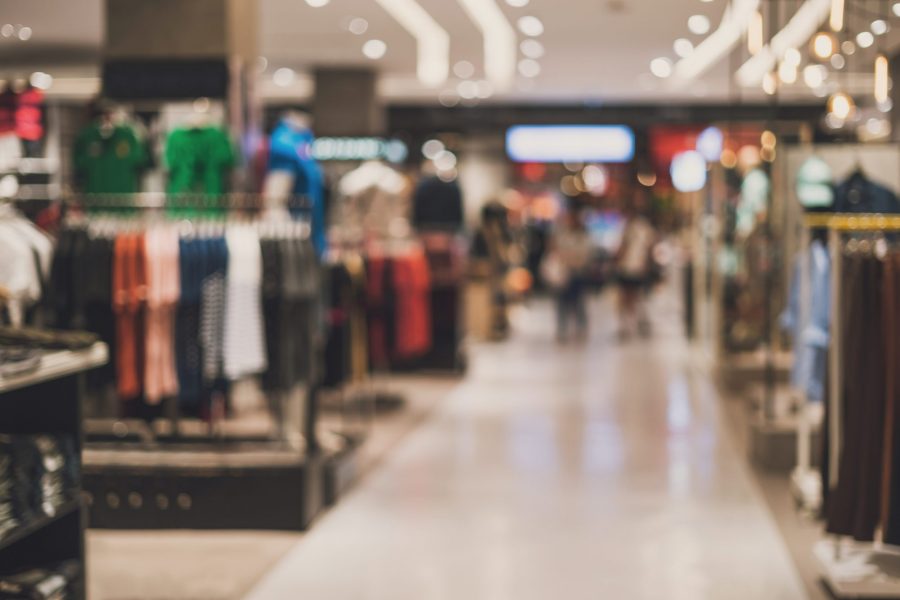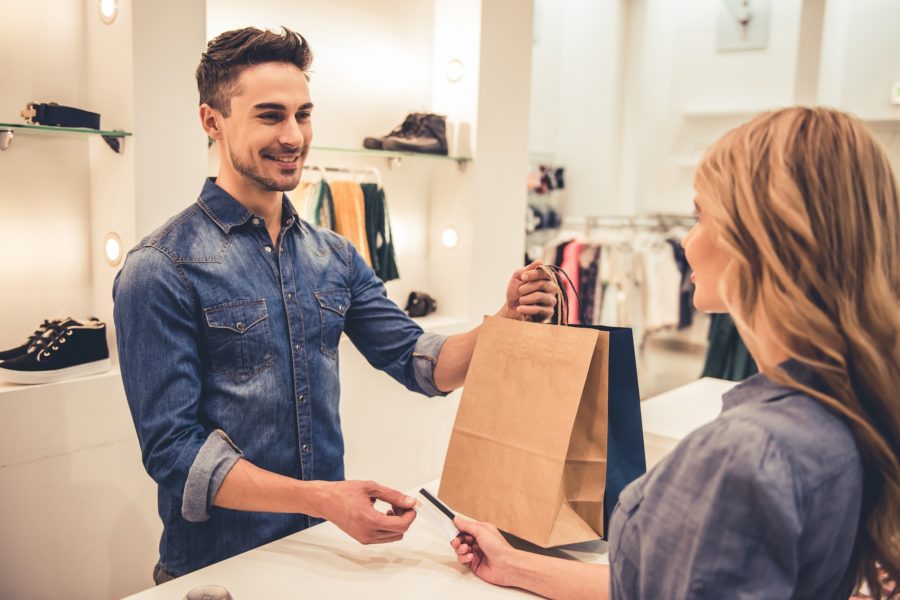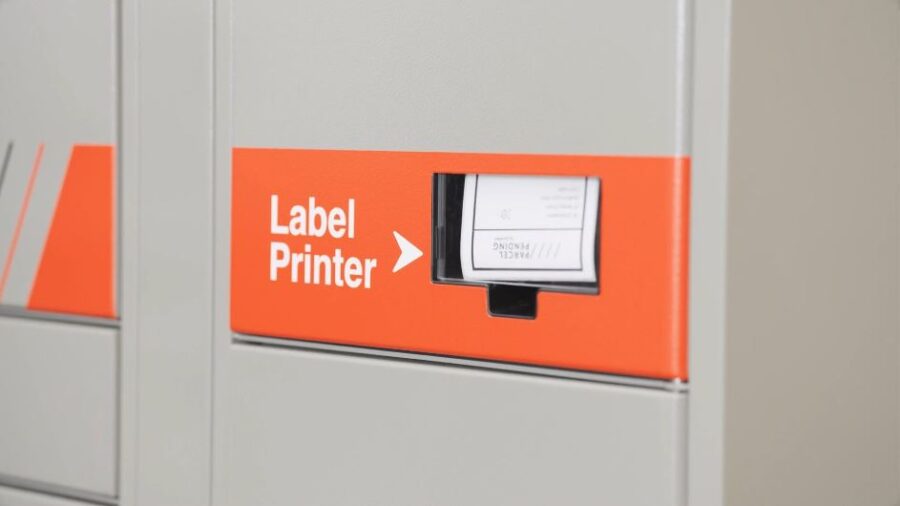
Retail
The New Retail Store: Lots More in Store
Written by: Parcel Pending
6 Min Read
Published: May 16, 2022
Updated: June 22, 2023
The economic equation about which retail channel to pursue has “fallen on its head”, according to HSBC’s head of retail & leisure James Sawley. With the cost of physical retail rents declining and acquiring customers online more expensive and competitive than ever, retailers shouldn’t be measuring online and store sales individually – the progressive ones are already thinking about them in sync.
These views expressed in a first-quarter white paper by KPMG/Ipsos Retail Think Tank (RTT) hit the nail on the head in terms of how modern retail needs to be thinking. The paper, which addresses what awaits retail after a turbulent couple of pandemic-disrupted years, says 2022 will bring an “inflection point for channel shift” that will demand “a closer convergence of online and physical shopping”.
RTT comprises several experts from the banking, consultancy and research worlds, but it is Sawley who is particularly supportive of the view the store is rising in importance despite the digitisation of retailing. Following years of closures and turbulence, it seems times are changing – and there are several developments that support this argument, none more so than the online natives lining up to open stores.
Gymshark, Boohoo – with the recent launch of a Debenhams.com Beauty flagship physical space in Manchester – and Glossier are among the bigger names in this category. The former is opening in the old J Crew building on London’s Regent Street this summer, and Glossier is now permanently situated in the capital’s Covent Garden.
Tales from the trailblazers
These online-to-offline stores bring something fresh – offering a look, feel and function that defines the modern shop.
They cater for traditional shoppers while acknowledging the all-important digitisation of commerce and consumers’ thirst for community.
Gymshark founder Ben Francis says the company wants to use its three-storey space in the London’s West End to sell products but also to “cultivate the Gymshark community and connect with people, and inspire as many people to get into fitness as possible”.
Expect gatherings to be hosted here, services to be offered, and an interior and experience that gets to the heart of what the brand stands for. Gymshark says the store will be about “experiential spaces that bring the conditioning community closer together than ever before”.
It lists special events, community hangouts and workout spaces as part of the plan to help build stronger ties with what, until now, has typically been a virtual customer relationship.
In short, Gymshark feels it needs a physical flagship to bring together all the good stuff it’s done online to date – and Francis’s excitement when announcing the news shows just how well-regarded physical space is among digital-first retail leaders.
Glossier, meanwhile, followed on from its US store openings with a new space in London just before Christmas. It is the sort of place that gets you reaching for your phone to take pics to post to Instagram – and that’s the point, as such a reaction is a way for the physical to instantly support the digital proposition of a brand.
With its soft pastel colours and modern branding juxtaposed on the 17th century townhouse it resides in, Glossier’s store is a true visualisation of the new taking over the old. The brand says it wants the space to be a “central meeting place for friends, a landmark, and a travel destination”.
The way these digital-first companies are approaching physical retailing paints a picture of the future of the store: a place for socialising and purchasing in equal measure, a club to be part of and something that is more than a store.
Making connections
The steps taken by Gymshark et al show digital retail needs physical support for brand building and consumer engagement.
But from a technological and operational perspective physical and digital retailing convergence makes sense, too.
As we saw in the pandemic, click & collect grew in popularity – in some cases retailers ran click & collect-only shops for a period of time – and retailers forced into shop closures realised they could serve online shoppers through ship-from-store services.
Having stores serving online shoppers can help reduce delivery times or – in the case of click & collect or dedicated collection lockers – can provide added convenience to shoppers. Consumers sometimes want to explore, they sometimes want to quickly pick up an order – it’s important to blend the two and cover all bases.
It’s all part of the new store infrastructure in the 21st century.
As Sawley says, “stores act as locations to engage with customers to drive brand loyalty – something which is very hard to do online – as well as mini fulfilment hubs in a world where speed and convenience is king”.
In the pandemic we’ve seen consumers pine for shops, highlighted by the encouraging return to physical retailing since everything reopened – it’s therefore no real surprise Gymshark and its digital native peers are going down that route.
Big more established retailers, too, such as Lowes in the US, are driving visits to their stores by, first and foremost, having a compelling inventory – but also by providing in-store classes for adults and youngsters that leverage its products. The DIY chain also fulfils online orders in lockers, which aids the customer experience – and there’s a real business case for using them in fashion too.
This need to drive customers in store and win their loyalty through meaningful connections – but not by encouraging shoppers away from online, which we know is an important part of any omnichannel retailer’s mix – is why large lockers work in modern retail.
Retailers can use their stores and retail pickup lockers as an extension of the customer journey and overall shopping experience. They act as a bridge between e-commerce and the physical store, and are a visual representation of the omnichannel ambition so many in retail aspire to.
Lockers take away the worst part of the shopping experience – queueing up – which is particularly galling for those who have already paid for their goods and are simply collecting their purchases. These consumers’ needs are different to someone browsing the store, and need to be catered for accordingly.
They also allow staff to focus on making the in-store experience special, as they can commit to focusing on these browsing customers rather than wasting time collecting orders. Contact-free shopping that became a requirement in the pandemic has not completely vanished either, with many consumers still Covid cautious – and lockers provide a suitable self-serve contact-free option for them.
As Chris Walton, CEO of Omni Talk, told us recently “it is human nature to want to do things as quickly and easily as possible” and “lockers help to remove unnecessary steps in the process” when it comes to picking up online shopping from a store. Various reports suggest those made to wait longer for goods are less likely to spend more with a business, so the installation of lockers presents multiple commercial opportunities.
As new stores open and old ones get refreshed or transformed, retailers must make sure their spaces are as well prepared for a digitally-minded shopper as they are for the traditional customer – not to mention being suitable for the wide number of consumers that still wish to experience contact-free shopping.
Consumers are not the same as they were before the pandemic, and the convergence of e-commerce and physical retailing is only going to continue. Retailers need to represent this in their shops.



